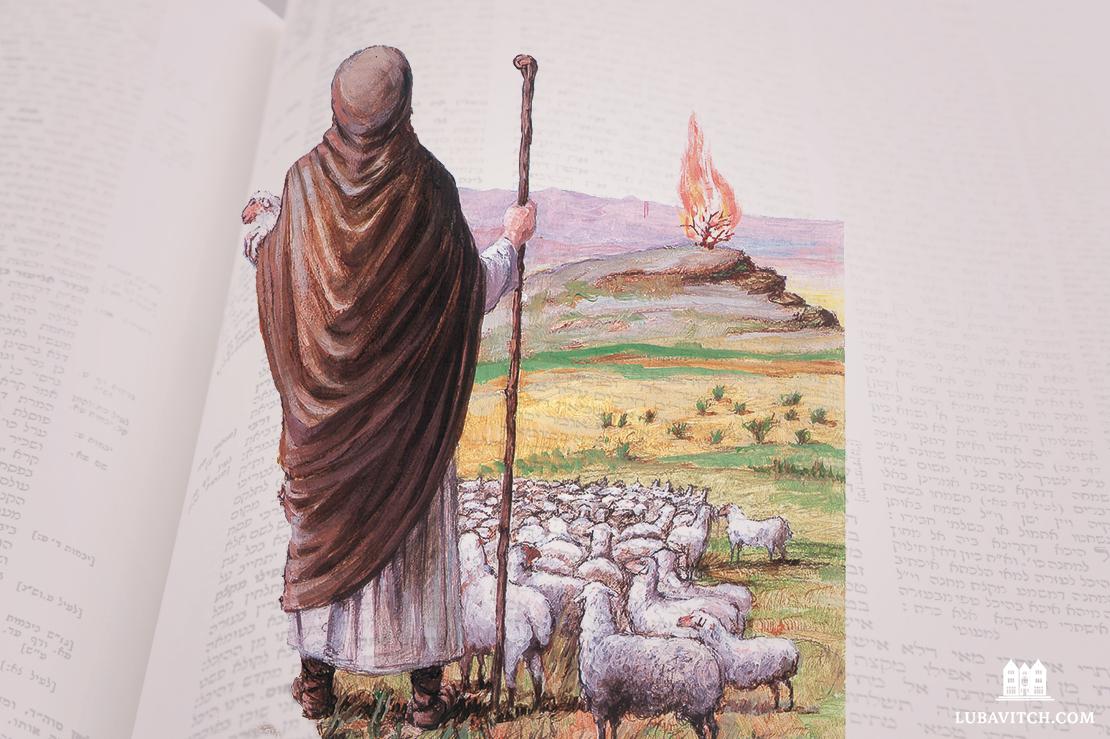“Never again did there arise in Israel a prophet like Moses” Deuteronomy 34:10
The Torah readings of late summer are in the Book of Deuteronomy, the fifth and final of the Five Books of Moses. It contains the last will and testament of Moses to the Jewish people, shortly before his passing.
A. The Talmud relates that on three occasions, G-d granted Moses his unique petitions. One of these three was that G-d:
- Erase Moses’s name from the Torah
- Grant special status to the family of his Midianite wife, Tziporah
- Explain to him the question of theodicy — why the good suffer, and the bad prosper
- Allow his children to inherit his position
B. According to the Talmud, Moses took the initiative to act without divine direction in three instances. On each occasion, G-d subsequently agreed with his decision. One of them was:
- Sending the spies
- Fighting Amalek
- Appointing his brother Aharon as High Priest
- Breaking of the tablets
C. To help Moses understand the details of some of the commandments in all their specificity (such as, for example, the candelabra which was difficult to craft out of one piece of gold), G-d illustrated them with visual images. Which of the following was another among them:
- The image of the new moon
- The appearance of kosher fish
- The shape of tefillin
- The color and knotting of fringes (tzitzit)
D. The Talmud discusses the emotion of anger and how damaging and destructive it is. It points to an instance when Moses’s anger tripped him up and caused him to:
- Give Korach the wrong answer to his question
- Lead the Jews in the wrong direction on their sojourn in the desert
- Forget the laws of how to make utensils kosher
- Break the Tablets
E. The burial place of Moses is unknown. The Torah only tells us that he had the privilege of being buried by G-d Himself. This, the Talmud says, was his reward for:
- Saving the Jewish slave who was bullied by his Egyptian master
- His extraordinary humility
- Graciously welcoming ordinary folk who sought to prophesize
- Personally carrying the remains of Joseph out of Egypt for burial in the Holy Land
F. Moses prayed to G-d on various occasions, and the Talmud says that the sages thus established a detail in our own daily prayer routine. Specifically, we are to:
- Do as Moses did and remove our shoes during prayer
- Be careful about where we pray, just as Moses left the Egyptian metropolis so as not to pray in a space that is evil and impure
- Begin our prayers in praise of G-d, as Moses offered praises to G-d when praying that He allow him to enter the Holy Land
- Keep our prayers short and to the point, like Moses’s prayer of healing for his sister Miriam, which was uttered in a few words
G. The Talmud explains that Moses so strongly desired to enter the Promised Land because:
- He wanted to complete his life’s work and bring the people into Israel
- He wished to build the Holy Temple in Jerusalem
- He wanted the merit of observing the mitzvahs that are only relevant in the Holy Land
- He wanted to be buried alongside the Patriarchs in the city of Hebron
ANSWERS:
A3 (Berachot 7a)
B4 (Shabbat 87a)
C1 (Menachot 29a)
D3 (Pesachim 66b)
E4 (Sota 9b)
F3 (Avoda Zara 7b)
G3 (Sota 14a)
This article appeared in the Lubavitch International Magazine – Summer 2021 issue. To subscribe and gain access to previous magazines please click here.

Be the first to write a comment.